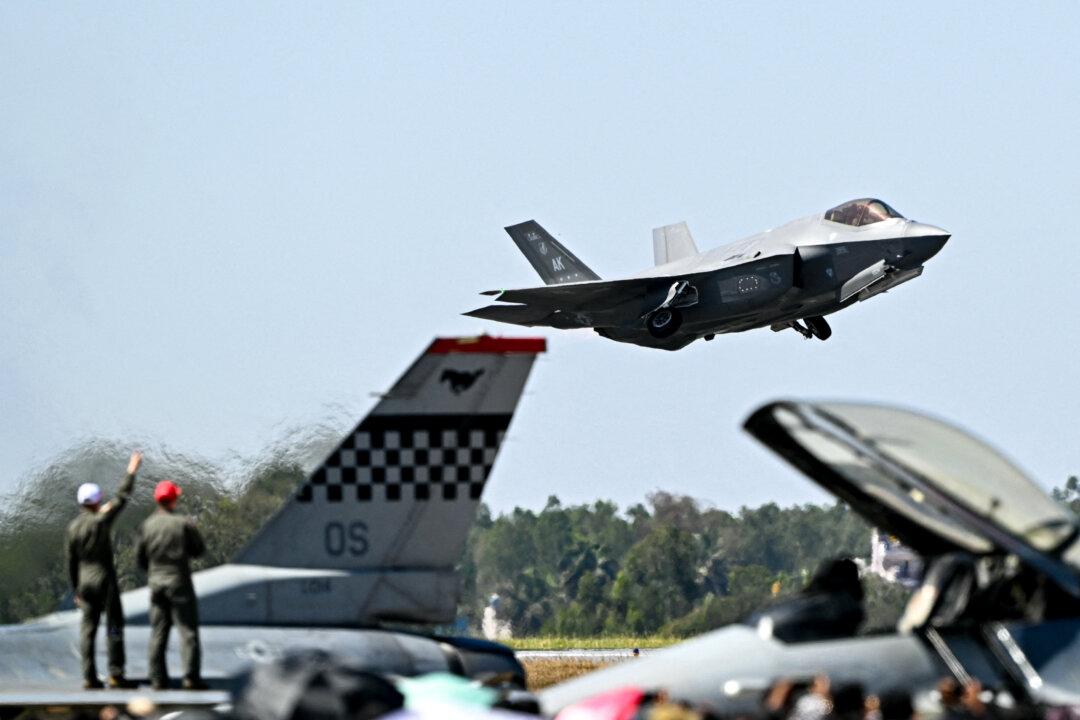Warplane enthusiasts love to debate and discuss such statistics as top speed, turning rate, payload, angle of attack, radar cross-section, roll rate, etc. Much less discussed is what’s arguably the single most important characteristic for a warplane: its sortie generation rate (SGR).
Higher SGRs Equal More Combat Power
In short, a plane with a higher SGR will be able to spend more time in the air than a plane that has a comparable loiter time and or operational radius but can’t fly as often. Assuming all other capabilities are roughly comparable, the plane with a significantly higher SGR will provide more overall combat power as it’s actually in the air, while the other plane is on the tarmac or in the hangar.High SGR Fighters Enable More Skilled Pilots
The higher reliability and lower cost per flying hour of a high SGR plane enable superior training due to more stick time (actual time in the cockpit) being available for pilot training. And a better-trained/more skilled pilot equals more combat power for the plane/pilot system.So, let’s say that we have two different aircraft that are equally supported, but the low SGR plane has a base theoretical combat power on paper that is 20 percent higher than the high SGR plane. Further, suppose the high SGR plane’s pilot has been getting 30 hours of stick time per month, enough to maintain high proficiency, and the low SGR plane’s pilot has been getting only enough flight stick time to maintain familiarity with his plane, about 10 hours per month. And we can further suppose that the pilot blessed with 30 hours of stick time per month has been training to tactics designed to maximize his plane’s advantages while negating his opponent’s plane’s advantages.
Suffice it to say, the pilot getting 30 hours per month is going to bring such a large advantage to the fight as to easily overwhelm the on-paper advantage the low SGR plane has when flown by the pilots with far less training and skill.
The importance of enabling more training via high SGR aircraft, resulting in more skilled pilots, can’t be overestimated. Speaking on the importance of training in general, Lt. Col. Tom “Chuck” Norris, a retired USAF pilot with more than 3,000 hours of flight time, observed, “Ten to 15 hours per month is enough to maintain familiarity with your aircraft, but not enough to maintain proficiency.”
The combination of more sorties with more skilled pilots is a potent combination that has a multiplicative effect on real-world combat power. Sadly, the last two major fighters developed by the Pentagon, the F-35 and F-22, are both low SGR planes. This means not only do they fail at giving those who pilot them the opportunity to maintain high proficiency in flying them, but also their low SGRs mean that they spend the vast majority of their existence on the tarmac or in hangars, providing zero combat power.
This isn’t to say that they'll provide zero combat power going forward, but that if SGRs had truly been the one key performance parameter to rule all key performance parameters when they were being designed, they could have been so much better.







